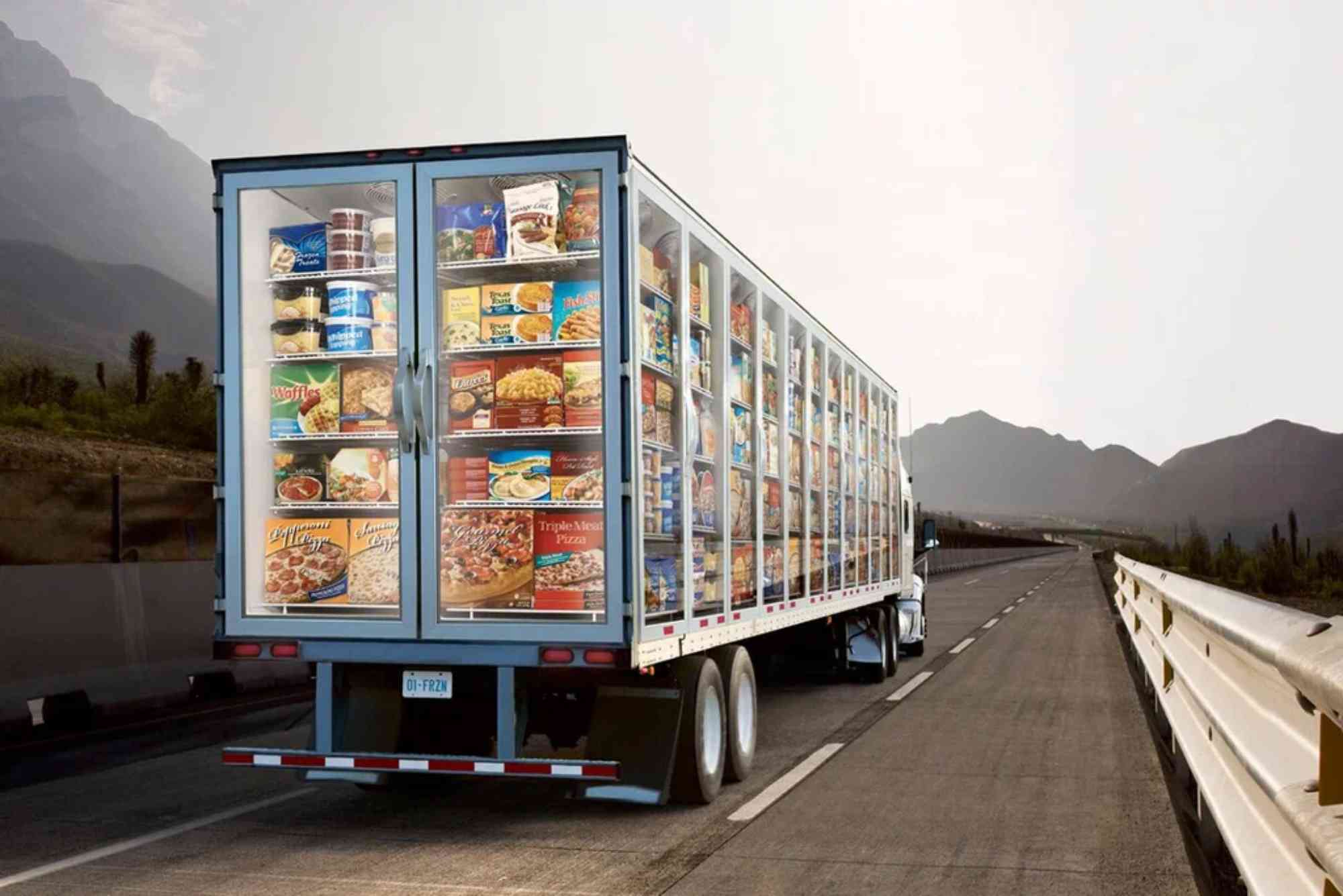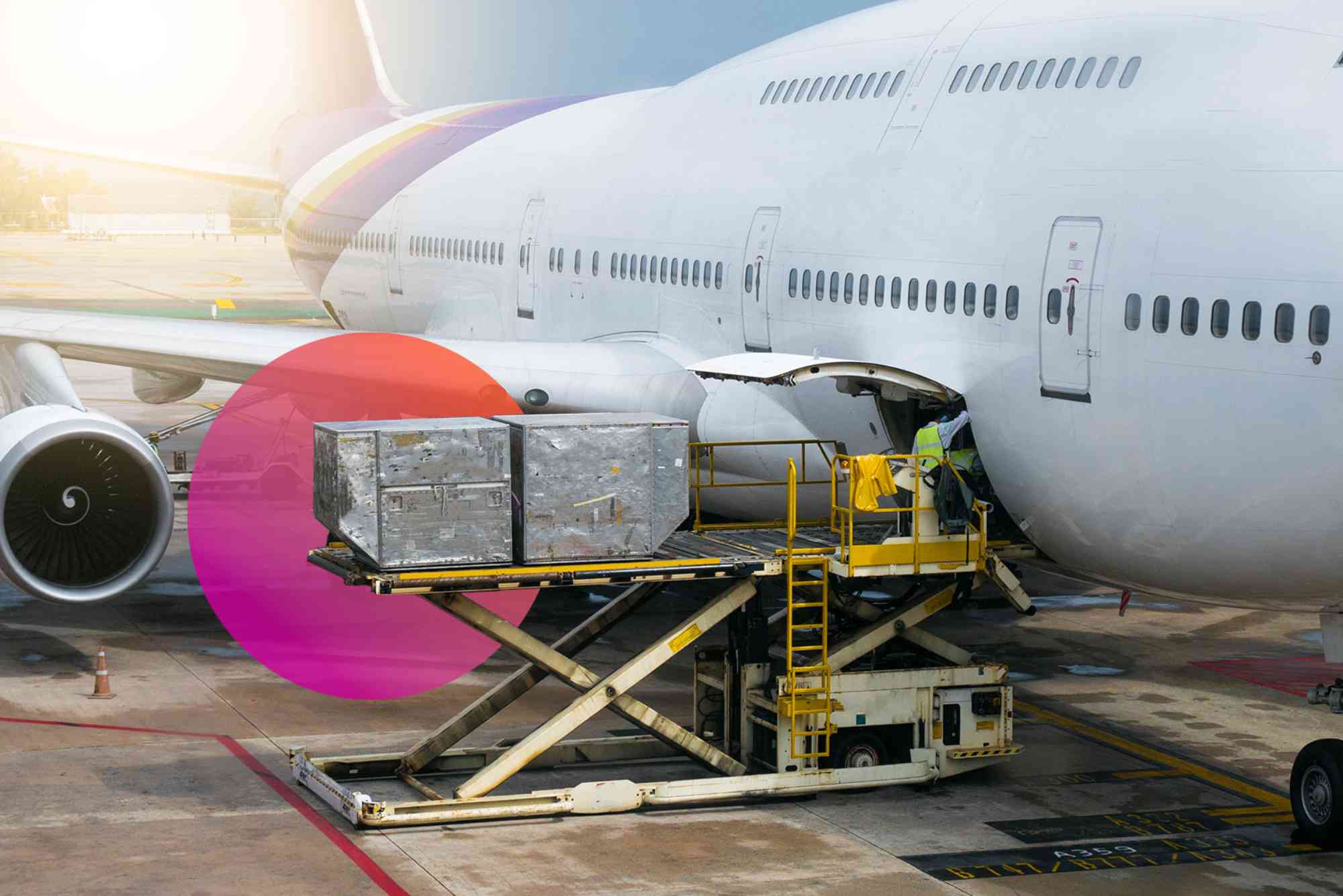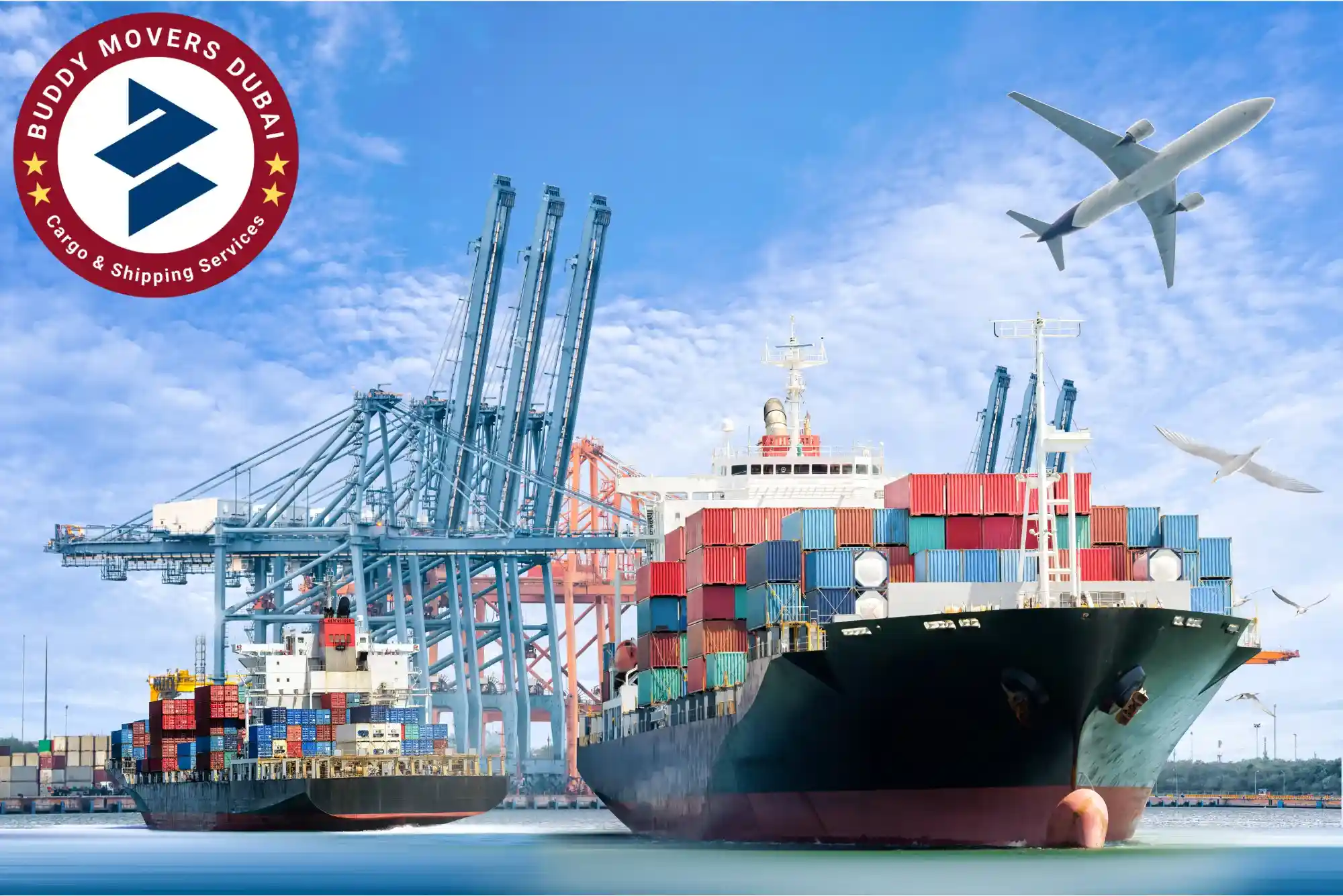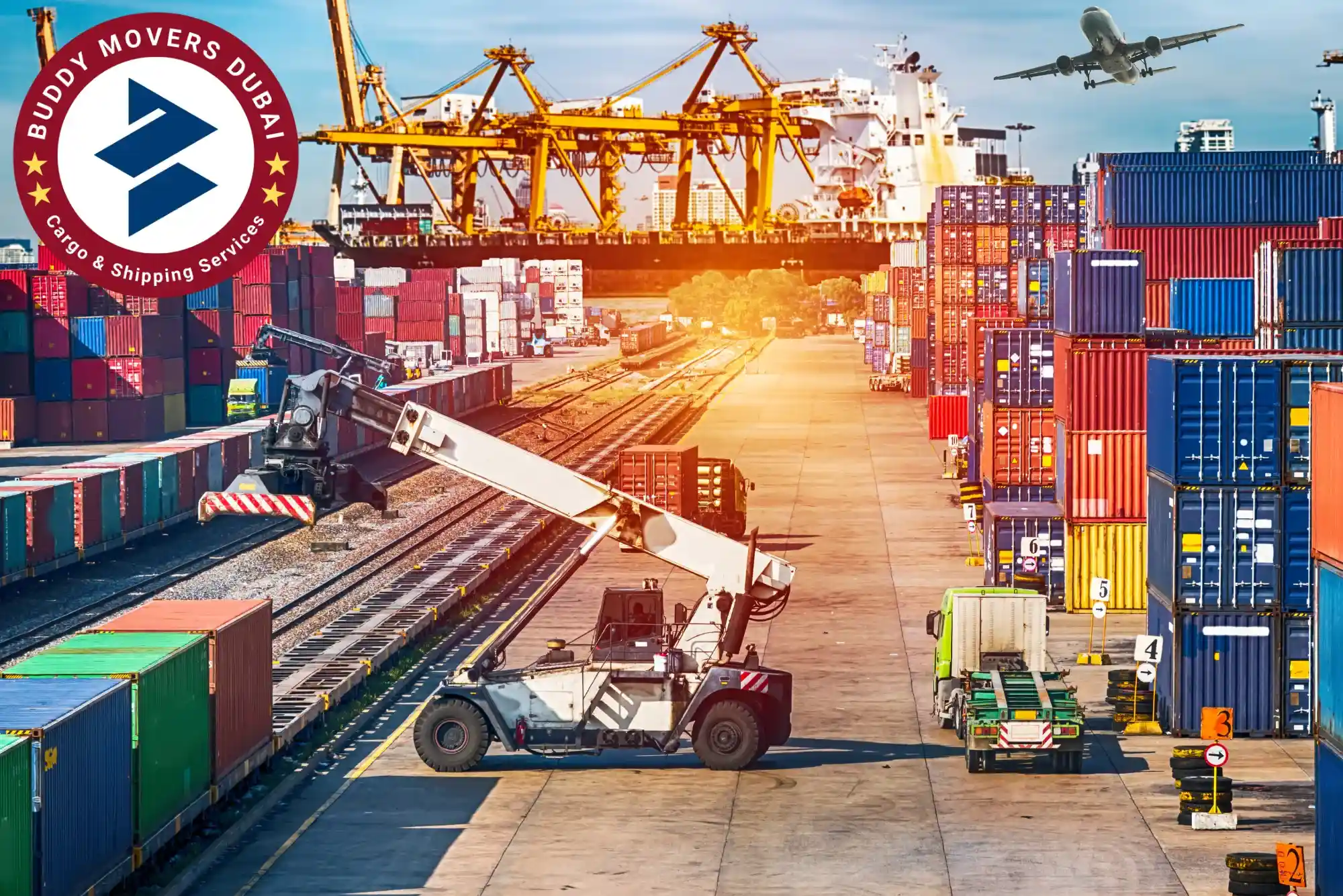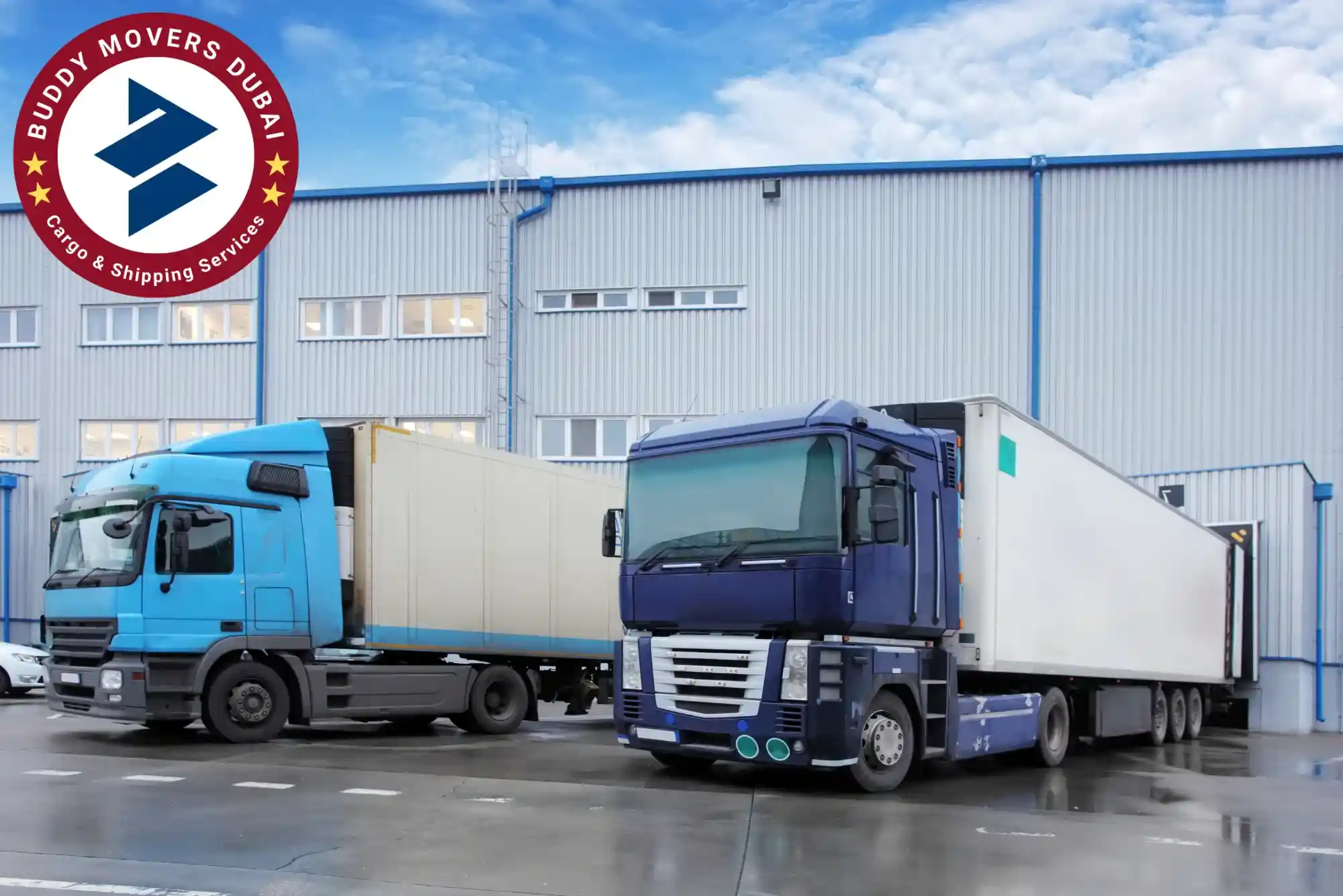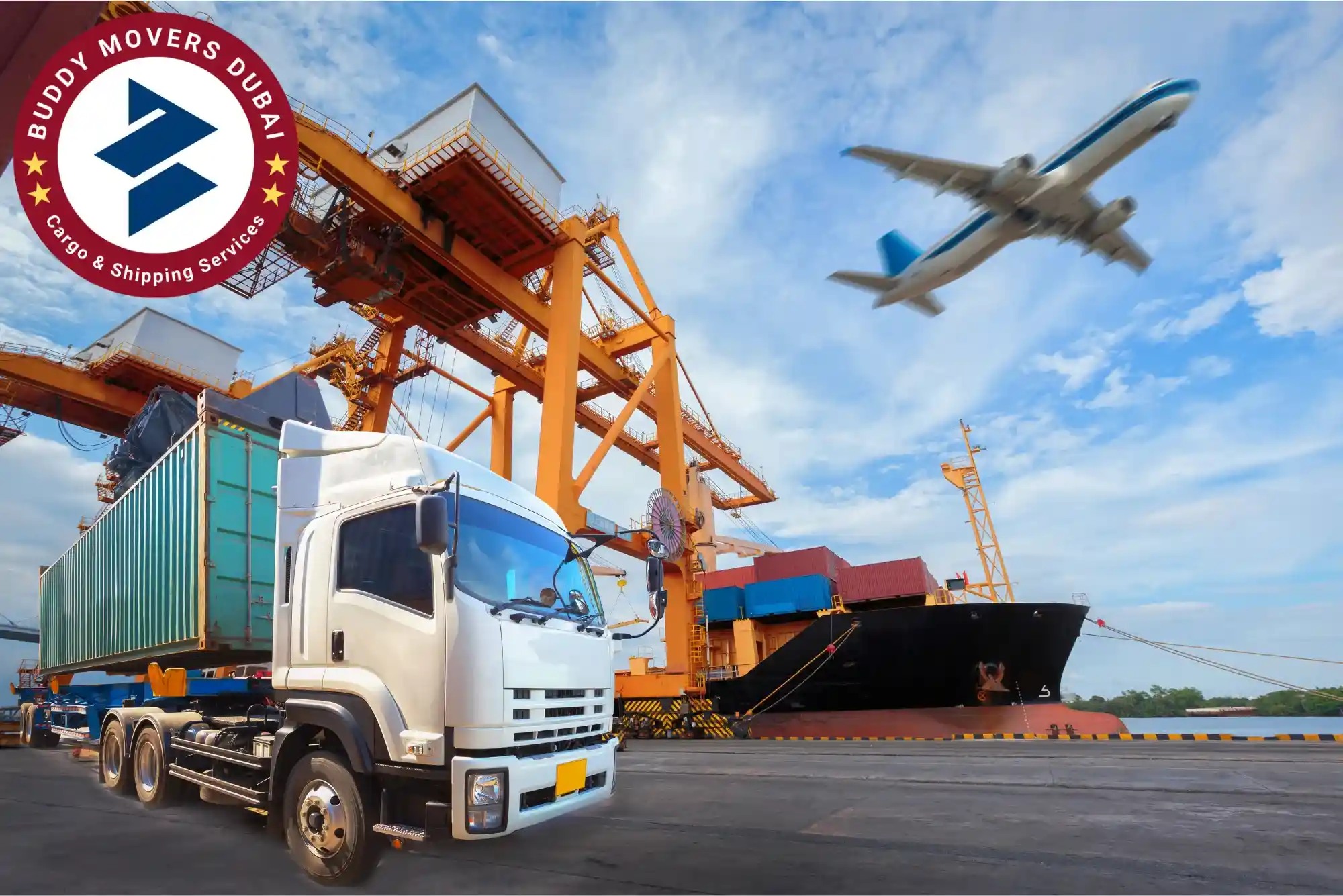Introduction
Cold chain logistics is essential for maintaining the quality and safety of perishable goods during transportation. It involves temperature-controlled storage and distribution to prevent spoilage and contamination. Businesses that rely on cold chain logistics include the food, pharmaceutical, and chemical industries.
Importance of Cold Chain Logistics
Cold chain logistics ensures that perishable goods remain within a safe temperature range throughout transportation. Any fluctuations can compromise product quality, leading to financial losses and potential health risks. Buddy Movers Cargo and Shipping Implementing robust cold chain strategies guarantees product integrity and regulatory compliance.
Key Components of Cold Chain Logistics
Temperature-Controlled Storage
Proper storage facilities, including refrigerated warehouses and cold rooms, help maintain the required temperature range for perishable goods.
Real-Time Temperature Monitoring
Advanced IoT sensors and tracking devices enable real-time temperature monitoring, allowing businesses to detect and address fluctuations promptly.
Efficient Transportation Solutions
Specialized refrigerated trucks, containers, Logistics Services in Dubai and air freight solutions ensure seamless temperature control during transit, reducing spoilage risks.
Regulatory Compliance
Adhering to industry regulations, such as HACCP and GDP, ensures safety standards are met, preventing legal issues and product recalls.
Last-Mile Delivery Optimization
Proper planning and route optimization minimize delays, ensuring perishable goods reach customers in optimal condition.
Step-by-Step Guide to Optimize Cold Chain Logistics
Assess Temperature Requirements
- Identify the specific temperature range required for your products.
- Categorize goods based on storage and transportation needs.
Invest in Refrigerated Storage and Transport
- Utilize temperature-controlled warehouses for proper storage.
- Choose refrigerated trucks equipped with real-time monitoring systems.
Implement Real-Time Tracking
- Use IoT sensors to monitor temperature fluctuations.
- Set up alerts for immediate action in case of deviations.
Train Staff on Cold Chain Management
- Educate employees on handling perishable goods.
- Ensure adherence to safety protocols and compliance standards.
Optimize Last-Mile Delivery
- Plan efficient delivery routes to reduce transit times.
- Use insulated packaging to maintain temperature during delivery.
Benefits of Cold Chain Logistics Optimization
- Prevents spoilage: Maintains product quality by preventing temperature fluctuations.
- Ensures compliance: Meets regulatory requirements for food and pharmaceutical logistics.
- Reduces waste: Minimizes financial losses due to perishable goods deterioration.
- Improves customer satisfaction: Ensures timely and fresh product delivery.
FAQs
1. What is cold chain logistics?
Cold chain logistics refers to the process of storing and transporting perishable goods in temperature-controlled environments to maintain quality and safety.
2. Why is temperature monitoring essential in cold chain logistics?
Temperature monitoring prevents spoilage, ensures compliance with regulations, and helps maintain the integrity of perishable goods.
3. How can businesses optimize cold chain logistics?
Businesses can optimize cold chain logistics by investing in temperature-controlled storage, using real-time tracking, and training staff in best practices.
4. What industries rely on cold chain logistics?
Industries such as food, pharmaceuticals, chemicals, and biotechnology depend on cold chain logistics for safe product transportation.
5. Where can I find reliable logistics services?
For professional cold chain solutions, check out Buddy Movers Cargo and Shipping or visit the Buddy Movers Location for tailored logistics services.

